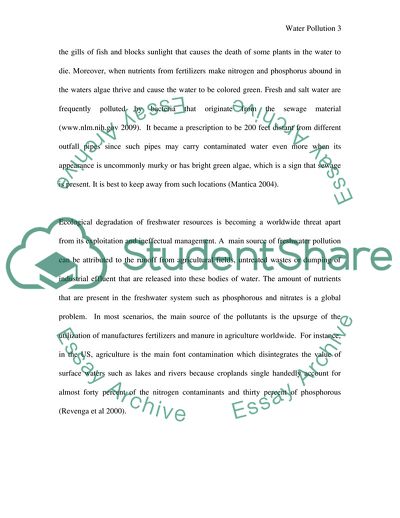Cite this document
(The Prerequisites and Consequences of Water Pollution Case Study, n.d.)
The Prerequisites and Consequences of Water Pollution Case Study. Retrieved from https://studentshare.org/environmental-studies/1730857-water-pollution
The Prerequisites and Consequences of Water Pollution Case Study. Retrieved from https://studentshare.org/environmental-studies/1730857-water-pollution
(The Prerequisites and Consequences of Water Pollution Case Study)
The Prerequisites and Consequences of Water Pollution Case Study. https://studentshare.org/environmental-studies/1730857-water-pollution.
The Prerequisites and Consequences of Water Pollution Case Study. https://studentshare.org/environmental-studies/1730857-water-pollution.
“The Prerequisites and Consequences of Water Pollution Case Study”. https://studentshare.org/environmental-studies/1730857-water-pollution.


